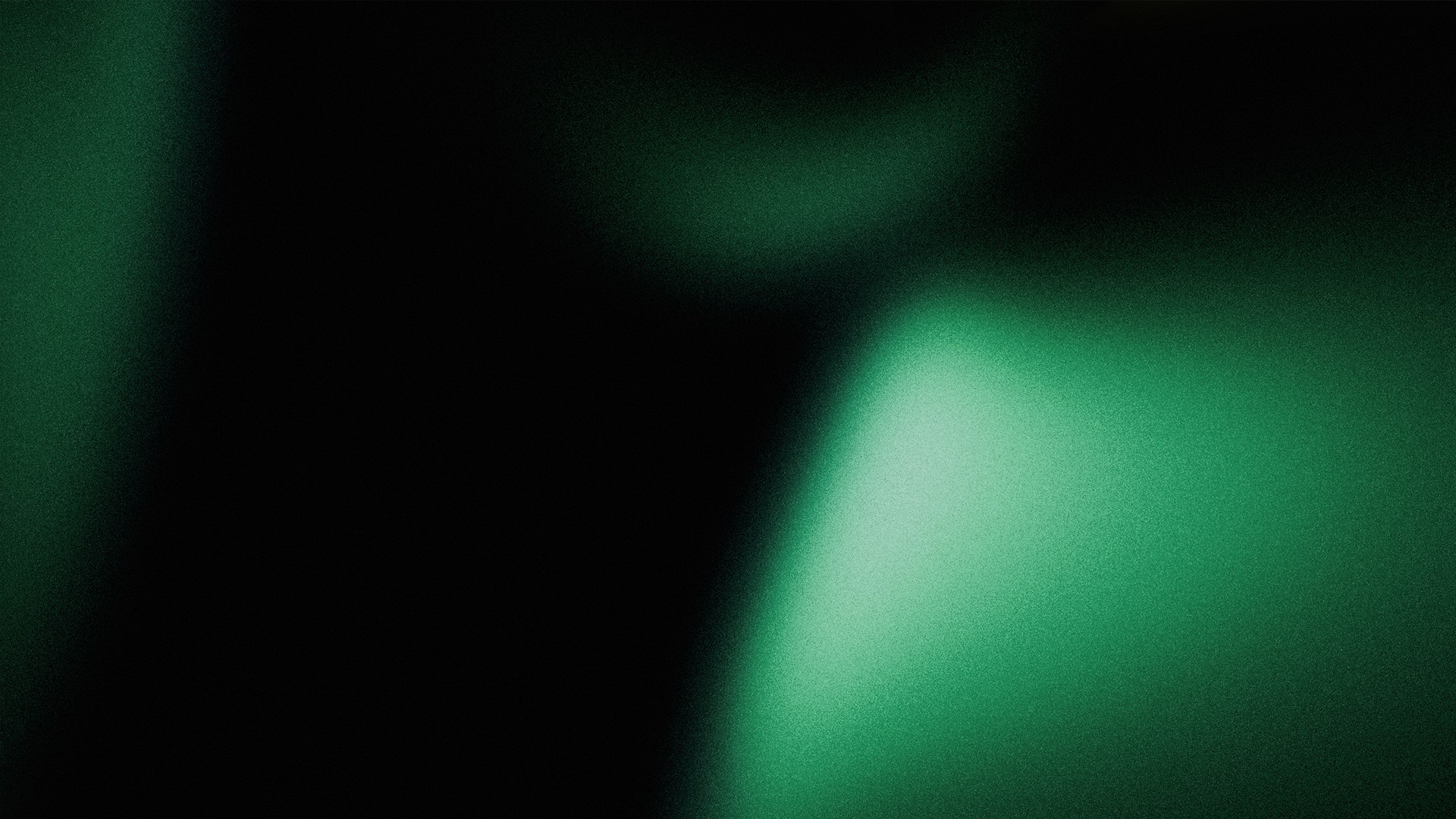
5 maart 2024
|
Innovation
|
Written by
Dennis Haage
The rise of deepfakes: seeing is no longer believing
In an era where digital technologies increasingly challenge our ability to distinguish reality, we face an emerging threat: "deepfakes". These technologies enable the creation of convincing fake videos in which people appear to say or do things they never actually said or did. At MOTIK, we recognize the growing impact of deepfakes and the necessity to enhance our awareness and understanding of them.
WHAT ARE DEEPFAKES?
Deepfakes are artificially created images or videos made using artificial intelligence and machine learning. These methods allow users to mimic faces and voices so realistically that it becomes challenging to distinguish real from fake. This raises the necessity for critical thinking and the development of techniques to identify these forgeries.
THE IMPACT OF DEEPFAKES
The video "Nachricht von Ella" by Deutsche Telekom illustrates the harmful effects of deepfakes. It shows how even simple children's photos from social media platforms can be used to create convincing deepfakes. In the video, a child's photo of Ella is taken from Instagram and used by an AI tool to generate an adult version of her. With this photo, a deepfake is created where her adult self
is made to say things she never said.
THE THREAT OF DEEPFAKES
Abuse of trust: Deepfakes can be used to create misleading content that is difficult to distinguish from real images. This can lead to abuse of trust, the spread of disinformation, and even harm to the reputation of individuals or organizations.
Political manipulation: There is concern about the use of deepfakes for political purposes, such as creating false videos of political leaders to sow confusion or influence election results.
Privacy concerns: Deepfakes can also be used to violate the privacy of individuals by manipulating their faces in compromising situations or intimate circumstances.
Legal implications: The rise of deepfakes also brings new legal challenges, such as determining responsibility and establishing the authenticity of evidence in legal proceedings.
HOW CAN WE PROTECT OURSELVES FROM DEEPFAKES?
Awareness: It is important to be aware of the presence of deepfakes and their potential impact on our society. By increasing our awareness, we can be better equipped to identify fake content and think critically about what we see online.
Technological solutions: Technological solutions, such as developing algorithms to detect and counteract deepfakes, can play a significant role in the fight against fake content.
Verification: Verifying the source and authenticity of media files can help identify deepfakes and limit their spread.
Education: Promoting media literacy and digital literacy can equip people with the necessary skills to think critically about the information they consume and to protect themselves against misleading content.
CONCLUSION
Deepfakes pose a growing threat to our society and require a collective effort to address them. At MOTIK, we recognize the importance of increasing our awareness and understanding of these technologies, as well as developing effective strategies to protect ourselves from their negative impact. Only by working together can we create a safer and more trustworthy digital environment for us all.
